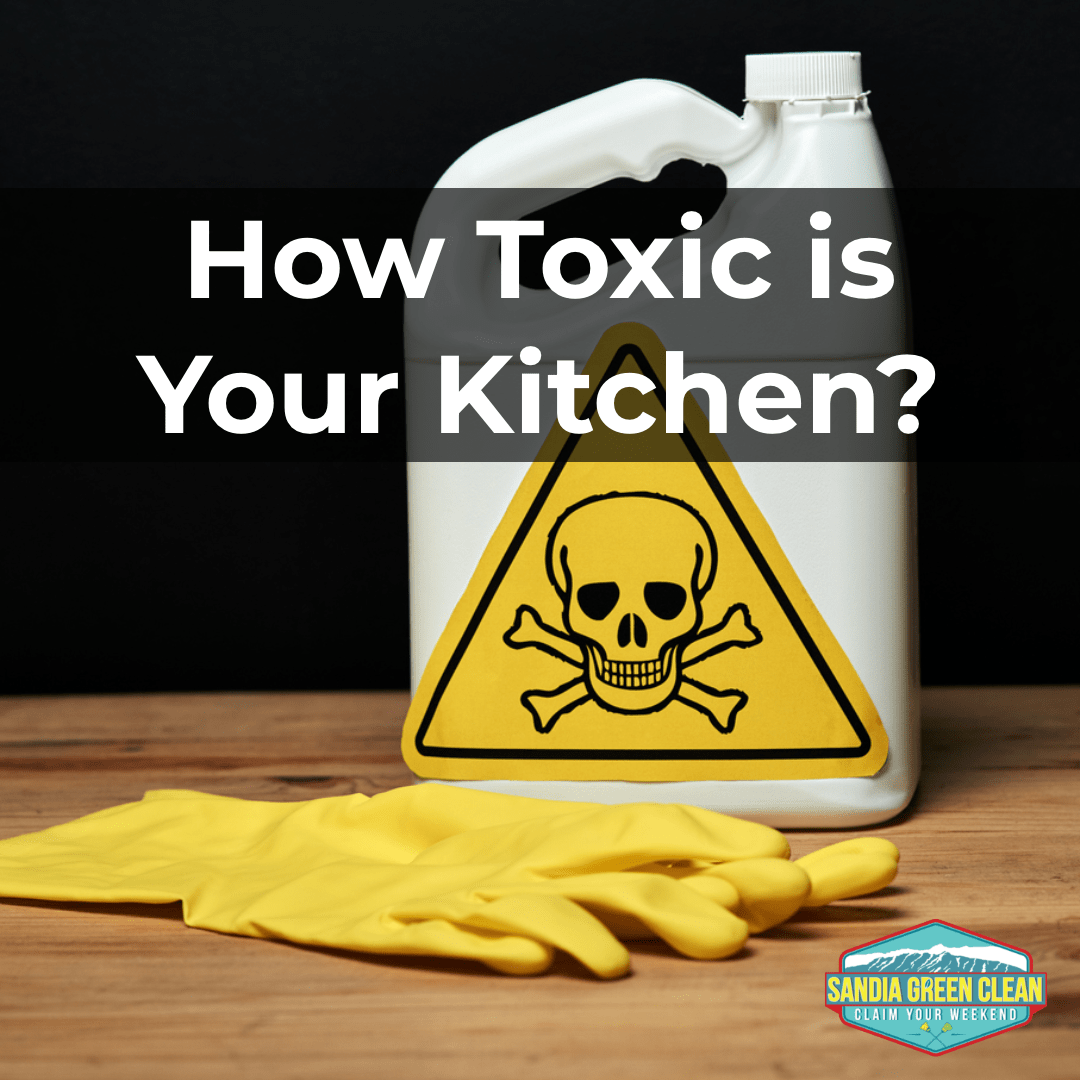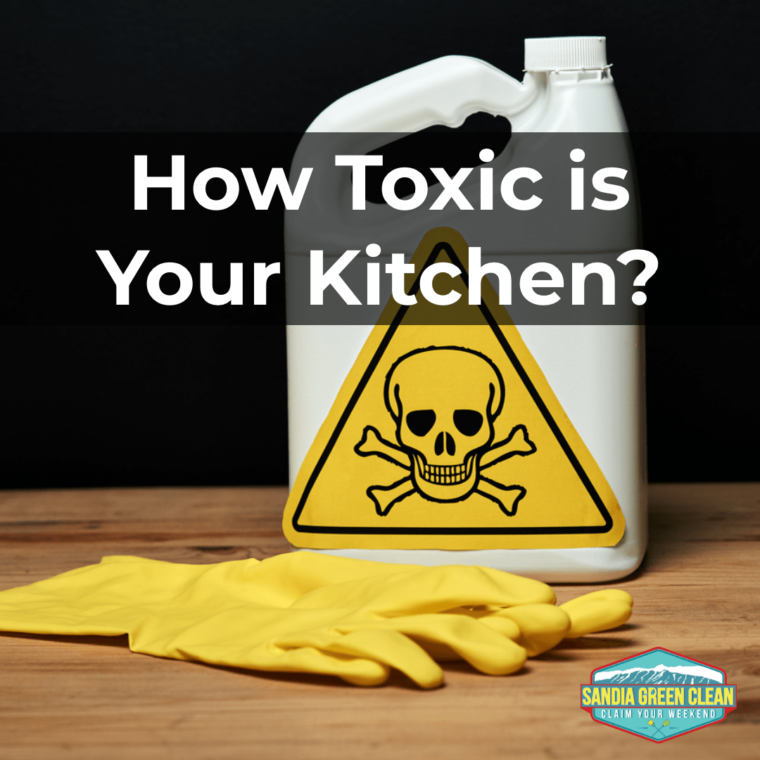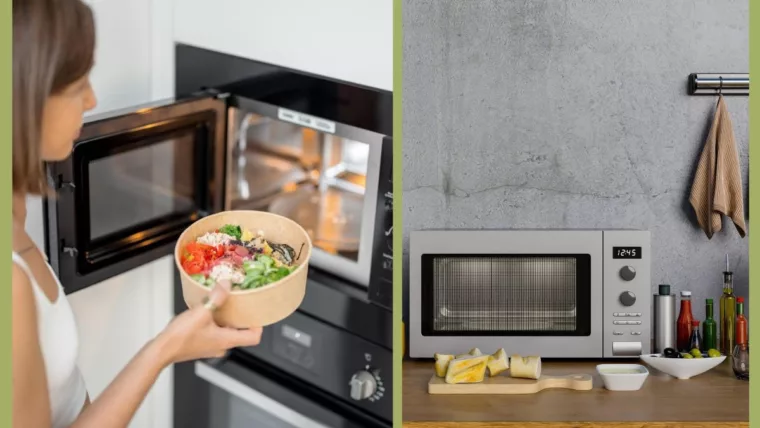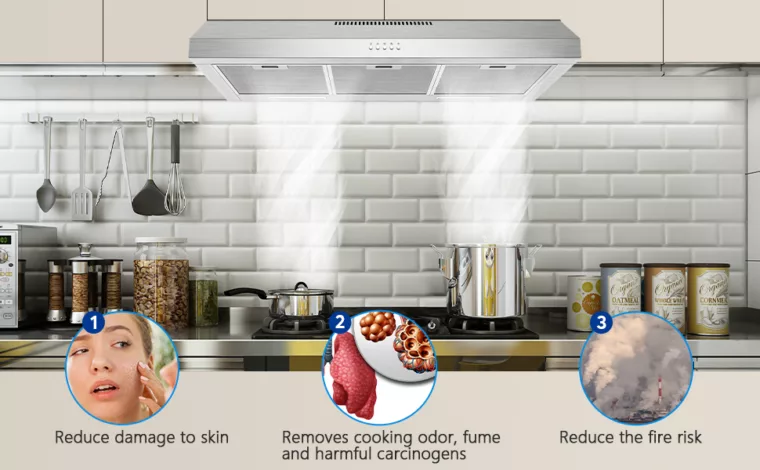How to Protect Your Family’s Health
Hello everyone! ♡ Today, I’m bringing up a somewhat heavy topic. Let’s talk about something we might overlook in our kitchens: class 1 carcinogens. Health is truly precious! I was shocked to learn that things we used to use regularly could affect our health. So, I’d like to share some ways to protect our health that I’ve discovered! Let’s explore together~ 😊
Hidden Harmful Substances Found in the Kitchen
The kitchen is one of the most frequently used spaces in a home, which means it can harbor a variety of chemicals. Most people generally think that the food they prepare or the cleaning agents they use are safe, but in reality, there are several potential harmful substances lurking there. For example, smoke or steam produced during cooking can contain carcinogens like benzene and formaldehyde, and chemicals leaching from plastic containers require caution. Additionally, harmful substances from old cooking utensils or kitchen appliances cannot be ignored. Since these substances can negatively impact our health, it is essential to regularly check and maintain the safety of our kitchens.
The Impact of Carcinogens on Our Health
Carcinogens can damage cellular DNA and lead to cancer. These substances can be absorbed into the body through direct or indirect contact or by inhalation, and the risk increases with prolonged exposure. Children and the elderly are particularly vulnerable and may be affected more than adults. Exposure to carcinogens can weaken the immune system and lead to respiratory issues, skin problems, and ultimately increase the risk of cancer. Therefore, it’s crucial to carefully consider the products and cooking methods used in the kitchen and minimize exposure to harmful substances as much as possible.
Common Types of Carcinogens in the Kitchen
There are several common carcinogens found in kitchens. Notably, acrylamide and formaldehyde are two examples. Acrylamide is formed in carbohydrate foods cooked at high temperatures and is particularly prevalent in foods like French fries and toasted bread. Formaldehyde can be found in household cleaning agents and adhesives, and prolonged exposure can cause respiratory and skin irritation. Additionally, compounds like benzene, which are generated from incomplete combustion, should also be monitored. Other harmful substances frequently encountered in the kitchen include bisphenol A (BPA) and polyvinyl chloride (PVC), all of which can have serious impacts on human health. Understanding the characteristics of these substances and recognizing their sources during cooking is essential.
Routes of Exposure to Carcinogens and Prevention Methods
Exposure to carcinogens primarily occurs through food, air, and contact. Smoke or steam released during cooking, or gases from incomplete combustion, can contaminate the air and be inhaled. Additionally, some chemicals can be ingested through food or enter the body through contact with plastic containers. To prevent exposure, it is important to ensure proper ventilation in the kitchen and minimize high-temperature cooking methods. Using cookware and utensils that do not contain harmful substances is also advisable. Regular cleaning and inspections should be conducted to maintain a safe kitchen environment.
Cleaning and Management Tips to Reduce Carcinogens
Cleaning and managing the kitchen is a crucial method for reducing exposure to carcinogens. First, all surfaces in the kitchen should be regularly cleaned to remove dust and contaminants. In particular, countertops and cooking utensils should be thoroughly cleaned to prevent food residue. It’s preferable to use natural cleaning agents when cleaning. Additionally, cooking appliances and hoods that accumulate grease should be cleaned frequently to prevent the buildup of grease and carcinogens. Regularly ventilating the kitchen and avoiding cooking methods that are likely to produce harmful substances can aid in prevention. Finally, it is important to regularly inspect kitchen appliances and replace any that are old.
Considerations When Replacing Kitchenware
When replacing kitchenware, it is essential to consider the materials and chemical components used. For example, avoid plastic containers that contain harmful substances like bisphenol A (BPA) and choose products made from safe materials like glass or stainless steel. Additionally, cooking utensils with Teflon coatings can release harmful substances at high temperatures, so it’s wise to consider safer alternatives. When selecting cooking and dining utensils, it’s best to choose products that have food safety certifications, and replace old items to improve the kitchen environment. Also, check information on cleaning methods to ensure safe usage of products.
Safe Cooking Methods to Protect Health
Safe cooking methods play an important role in reducing the formation of carcinogens and protecting the health of your family. When cooking, it’s advisable to avoid high-temperature cooking and prioritize healthier methods such as steaming or boiling. In particular, frying can lead to the formation of acrylamide, so it should be minimized. Also, choose fresh ingredients when cooking and consume the prepared food as soon as possible to minimize nutrient loss. Additionally, consider the type and composition of oils used, avoiding recycled oils. Lastly, maintaining cleanliness in the kitchen and ensuring that no contaminants remain in cooking spaces require continuous management.
Improving Lifestyle Habits for Family Health
To protect your family’s health, it is essential to establish healthy lifestyle habits. First, maintain a balanced diet and ensure a variety of fresh fruits and vegetables are consumed. Cooking together as a family can provide enjoyment in making healthy meals and offer opportunities to learn how to reduce carcinogen formation. Regular exercise and sufficient sleep are also critical for boosting the body’s immune system and enhancing overall health. Finally, keeping the kitchen environment clean and safe while minimizing the use of chemicals can further protect your family’s health.










Leave a Reply